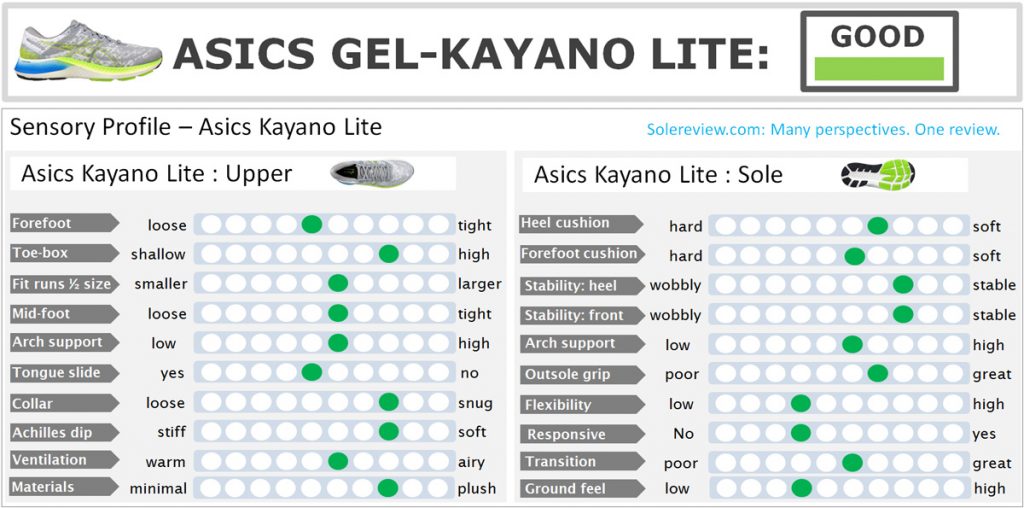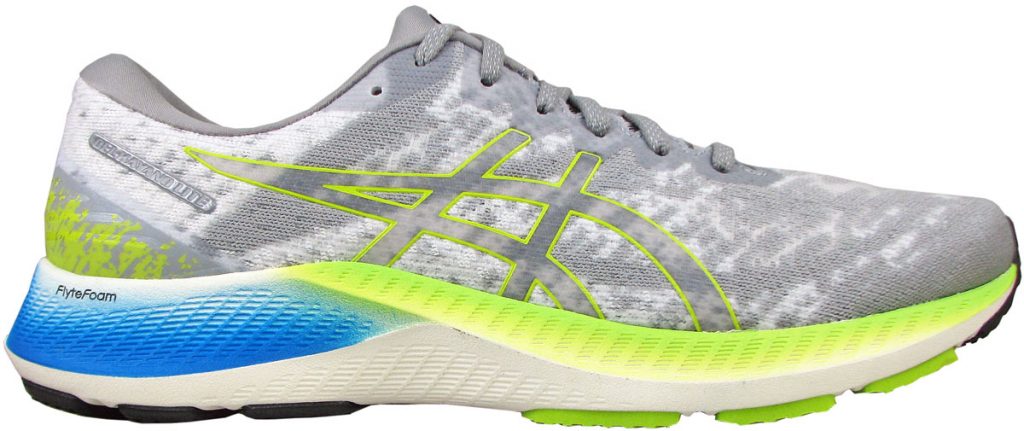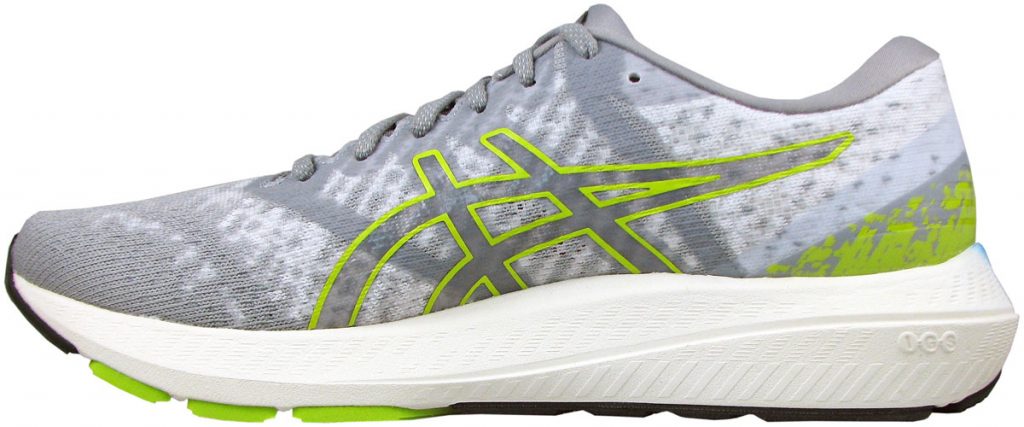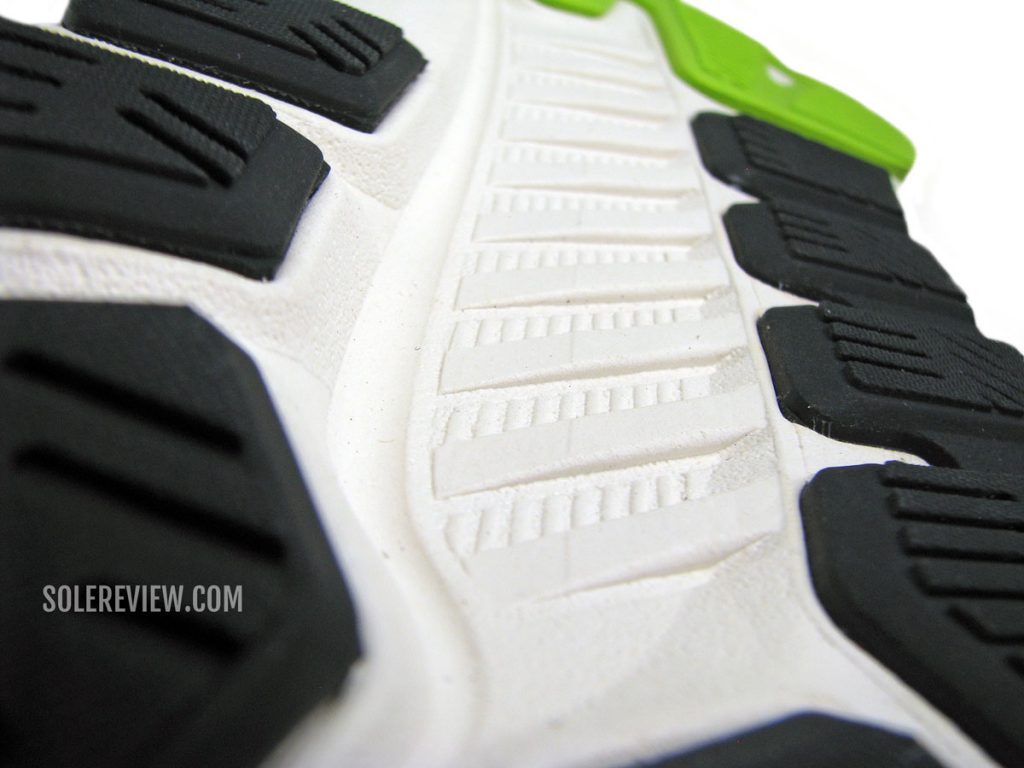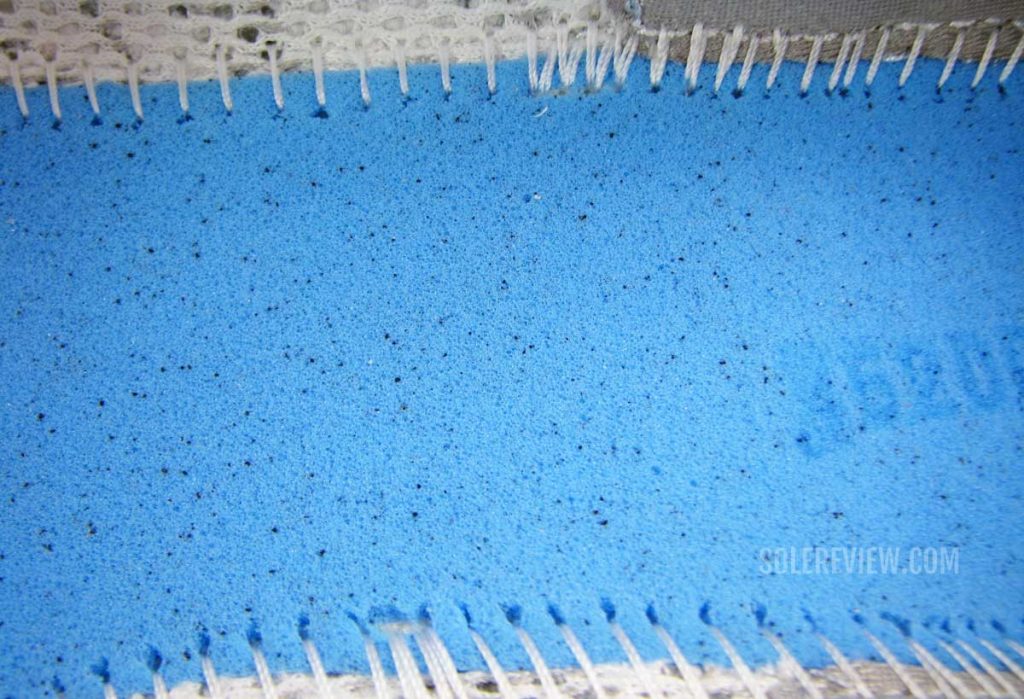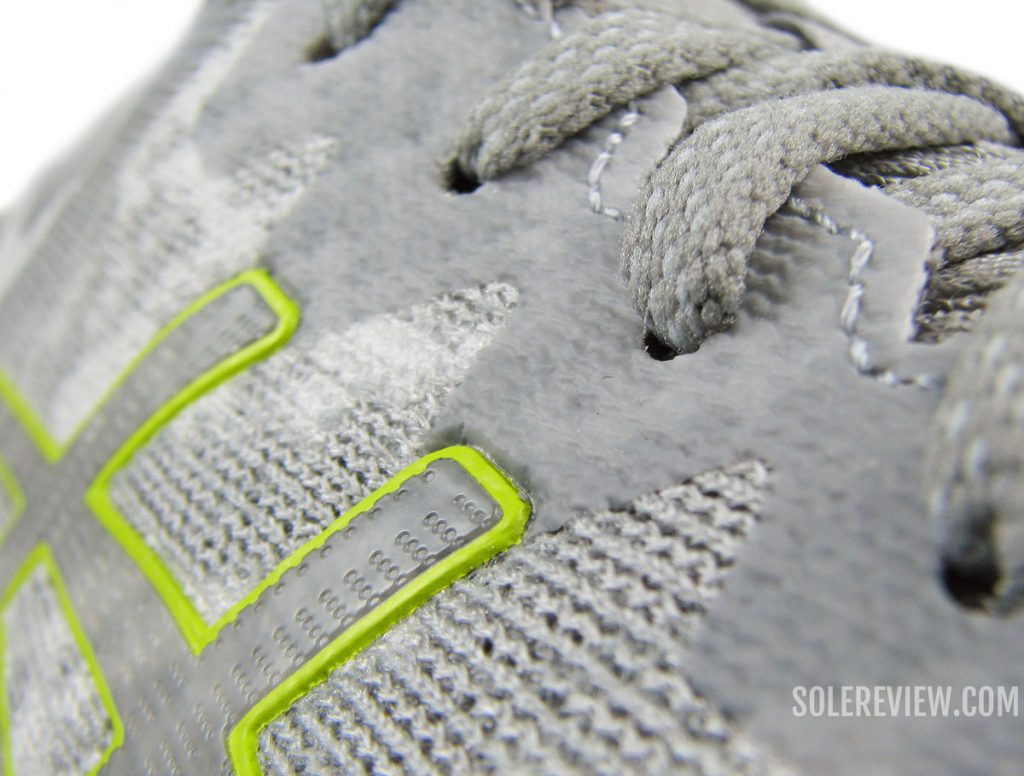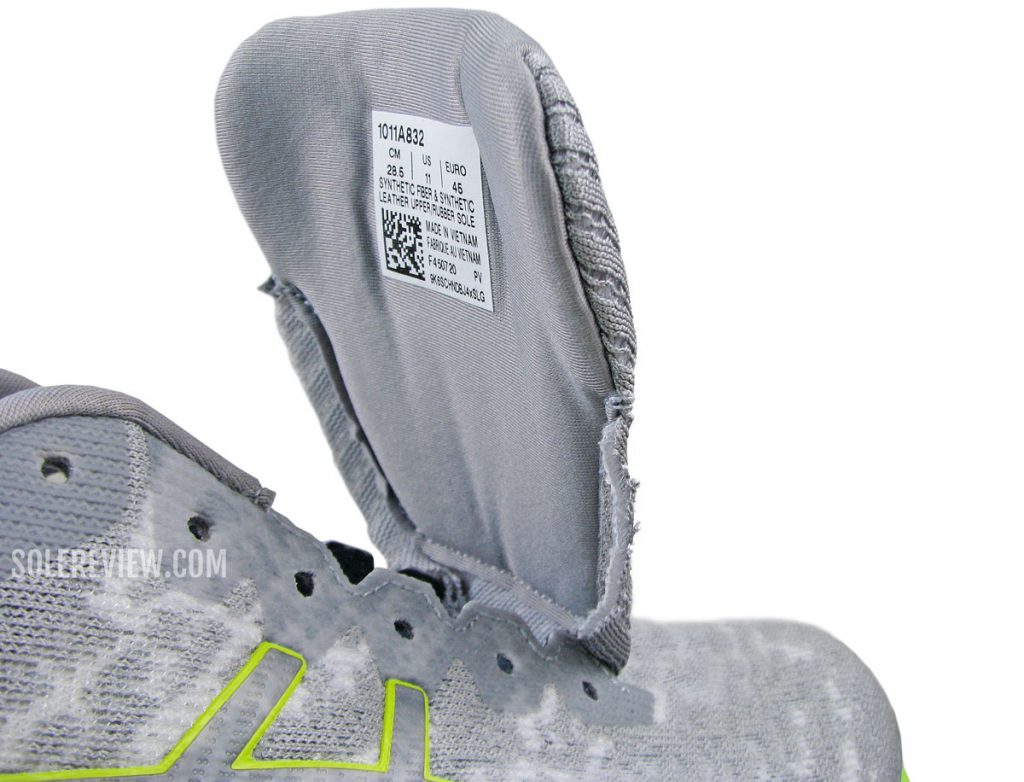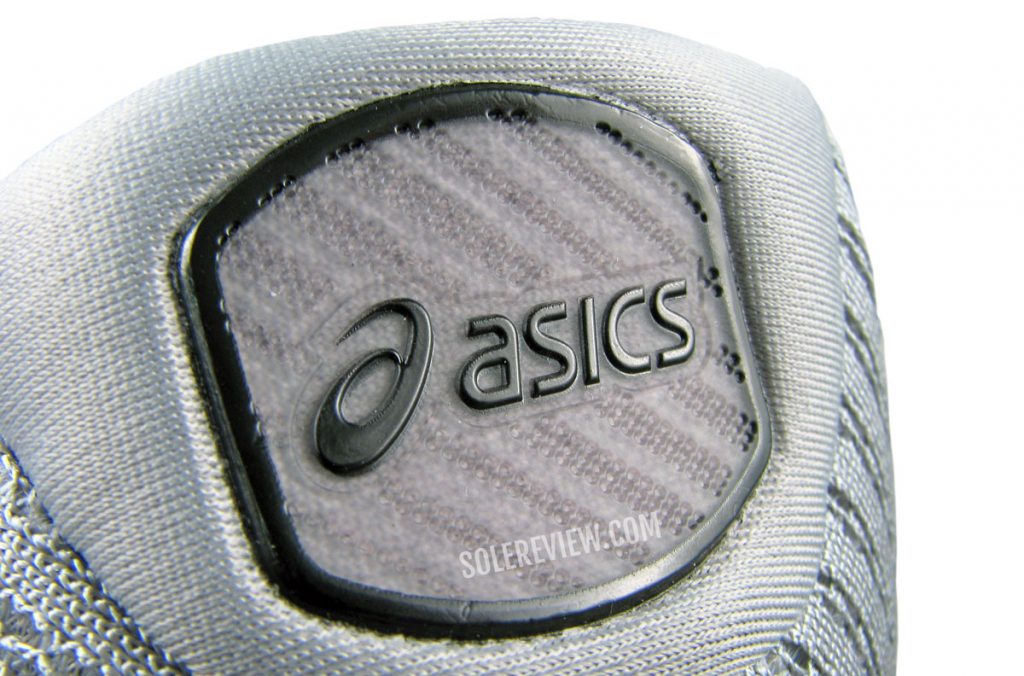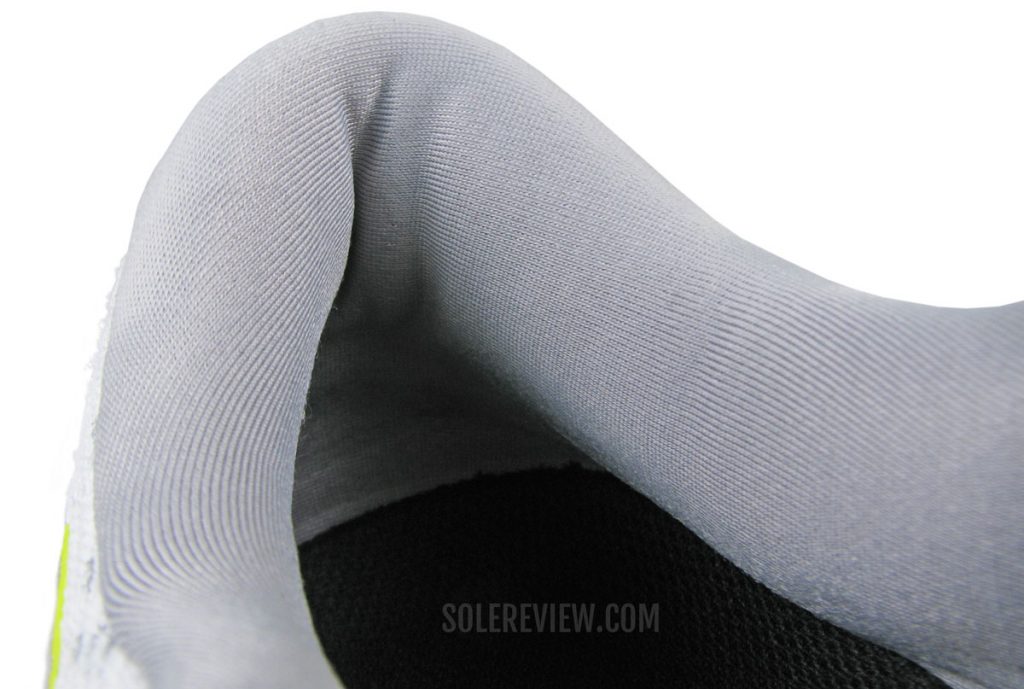INTRODUCTION
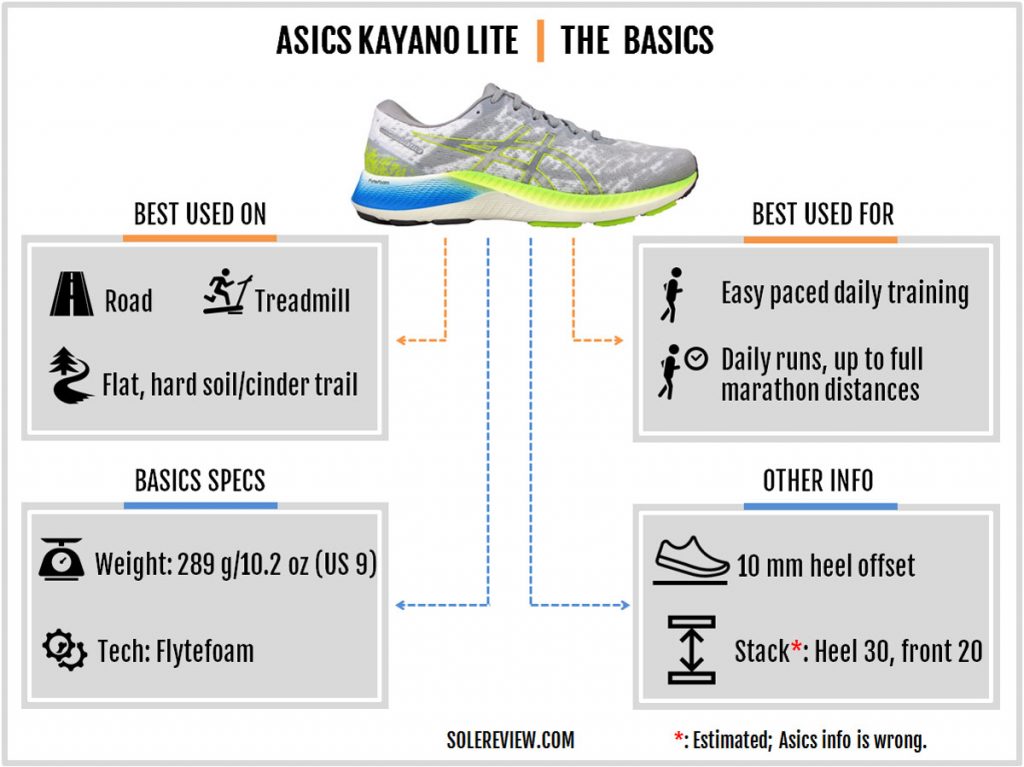
There’s no better place than the automobile industry to look for stereotypes. There’s a generalized notion that brands like Toyota prioritize fuel economy and long-term reliability over the edge-of-the-seats performance.
Some stereotypes are deliberate and based on choice. Toyota makes the Corolla and Prius for a reason, while being perfectly capable of a product like the 86 or the Supra. Toyota’s direction makes great business sense, so why change that?
Other stereotypes are self-imposed and anchored in a comfort zone that’s born out of a fear of change. There’s nothing wrong with that, except that there’s always the risk of becoming irrelevant. Till two years ago, Asics used to fall squarely in this category.
For a long time, it was stereotyped as a brand that made ‘traditional’ running shoes. There were times when it felt that Asics was trying (like with Flytefoam) to innovate, but it soon retreated into the safe space established by its Gel-infused boundaries.
That has changed.
Today, Asics has one foot in the past and the other in the future. On one hand, models like the Novablast and Glideride are signs of Asics reinventing itself as a running shoe brand.
These new models also build the momentum to achieve the escape velocity that Asics needs to break out of its stereotype.
At the same time, models like the Nimbus, Cumulus, and the GT-2000 are the pillars of Asics’s safe zone. And then we have shoes like the Kayano Lite that lie on the threshold that separates Asics’s past and future.
The ‘Lite’ label is to be taken with a grain of salt, for this is a 10.2-ounce shoe. But perhaps ‘Lite’ isn’t about pure numbers, but rather a nod to what a stripped-down Kayano 27 could be?
And that, the Kayano Lite certainly is.
Though there’s a lot of Asics-ness in its character, the Lite is missing several parts that usually constitute a Kayano. To be specific, there’s no medial post (Duomax) or the visible Gel window(s). Even the midsole is single-density (except for the tiny, internal Gel pad) and softer than the K-27.
This would have been a very bold move if only the Kayano Lite existed. However, the standard Kayano 27 continues to sell alongside the Lite variant.
Though change has come to the Kayano, Asics is testing the waters; there’s a palpable sense of hesitancy. It’s like Brooks selling both the medially-posted Adrenaline GTS and Guiderail model side by side, except that it doesn’t.
The Nimbus has a similar arrangement. The regular Nimbus 23 co-exists with the Nimbus Lite 2. Oddly, we now see Asics selling retro Kayanos on its website. Our theory is that Asics will continue to retail the visi-Gel Kayano and Nimbus as lifestyle sneakers while pushing the Flytefoam variants as the performance models.
The Kayano Lite doesn’t have a medial post. So what is this shoe about?
The K-Lite is a supportive neutral running shoe with plenty of ride comfort and upper plushness. Given its 10-ounce construction and wide midsole, the shoe’s best use-case is that of a daily trainer at easy paces.
THE RIDE EXPERIENCE
As usual, trust Asics to make simple things complicated, so it uses gobbledygook like ‘3D space construction’ when describing the K-Lite. We still have no idea what that means.
But we’ll tell you what we know. No gibberish, we promise.
Three things make the Kayano Lite’s midsole unique. The first is its wide rearfoot midsole; it’s easy to see the sidewall flare from the rear. Two, the outer sidewall has a scoop(groove), something that does not exist on the inner/medial side.
The third – and perhaps the most important one – is how the transition groove on the outsole has been designed.
When viewed from the rear, the groove is slanted and slopes towards the outer side. This means that the under-heel compression isn’t uniform due to the inner-to-outer tilt.
If this sounds familiar, you’re perhaps thinking of the Nike Lunarglide and Lunareclipse. However, on those Nike running shoes, all the sloping happened inside the midsole.
As a result of the asymmetrically-sloped transition groove, the Kayano Lite’s cushioning is biased towards the outer/lateral side. Also, the inner midsole has a solid sidewall that lacks a scoop. These three factors give the ride its laterally-biased cushioning.
However, it’s not much of a lateral lean. With a few exceptions, even neutral shoes do not have a perfectly-balanced inner and outer midsole; the cushioning always favors the outer side to prevent inwards roll.
To sum up, the ride feels very planted, both under the heel and forefoot. The forward midsole also has a noticeable outwards flare, and that makes the forefoot very stable. This is also a great running shoe for heavier runners who crave stability.
It’s worth mentioning that the heel rests on a scooped area for a better lock-in. In other words, the true midsole height is lower than what the outer sidewalls suggest. We eyeball the stack as 30 mm and 20 mm; the Asics literature is wrong.
According to Asics, the rear stack is a mere 23 mm, whereas the forefoot is 13 mm thick. That’s simply not possible, even if the insole and outsole were to be excluded from the measurements.
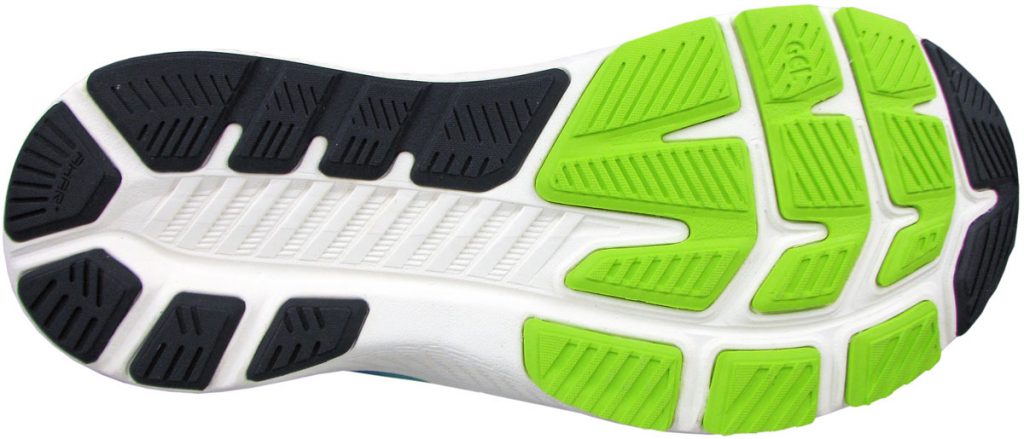
The outsole grips well enough. The lime green section softer/blown rubber , whereas the black part is uh, Carbon rubber?
The traction is decent even on damp surfaces (most of the testing was conducted on rained-on and slushy pavements), regardless of the relatively flat lug profile.
We think this midsole design is a good replacement for the regular Kayano if the latter ends up being dropped in the future. Even with the non-existent medial post, both the variants feel like siblings that share the fundamentals.
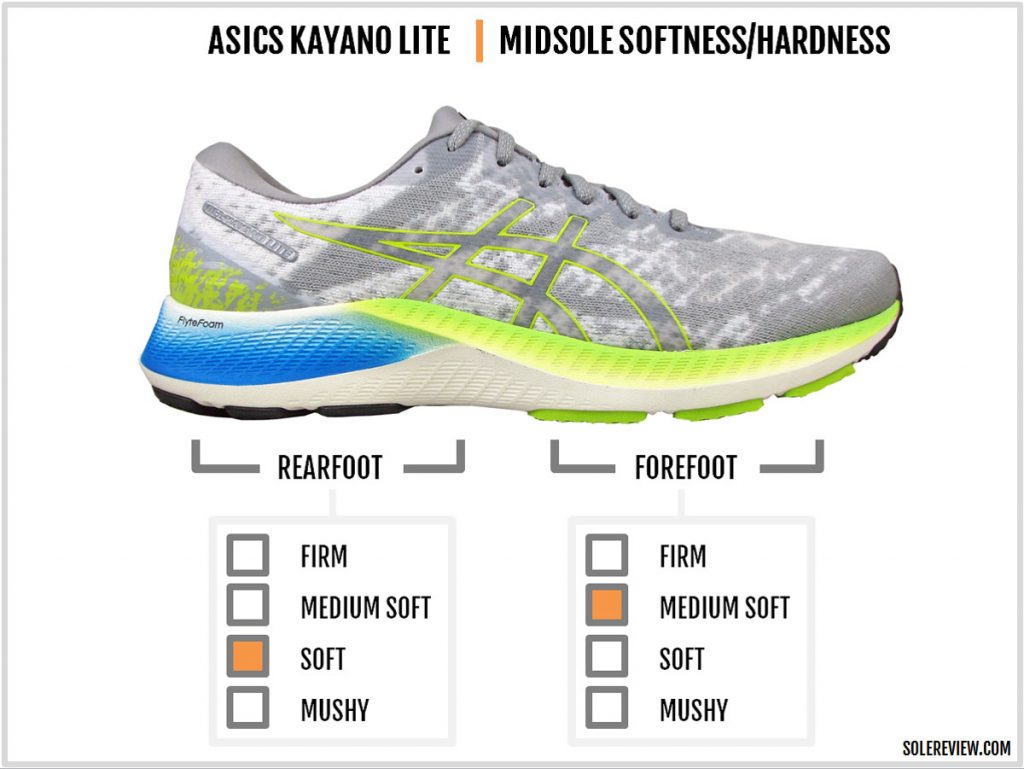
Given the somewhat firm ride of the regular Kayano 27, we did not expect the Lite version to be this soft. The shoe is like a Brooks Transcend (now the Glycerin GTS) but with a different badge. While it’s not mushy, there’s a noticeable sense of cushioning depth.
Though we all know that a thick insole and lasting can alter the ride experience, the Kayano Lite’s cushioning goes deeper than the superficial.
Underneath the step-in Ortholite softness lies a midsole with a high-volume albeit stable foam stack. Buried somewhere is also a Gel pad, but as always, the foam is what gives any Asics running shoe its ride signature.
One area where the K-Lite differs from the standard Kayano 27 is its transition delivery. In the absence of the dual-density stack and rear Gel windows, the loading occurs smoothly. The foot doesn’t need to navigate over foam layers or wedges with different densities and levels of responsiveness.
The heel-to-toe offset is 10 mm, so rearfoot strikers will stand to benefit (the most) from what the K-Lite has to offer – be it the asymmetric under-heel groove or the higher foam stack.
 The regular Kayano has never had a bouncy ride, and that holds for the Kayano Lite too. Except for the mild rebound that’s a part of any EVA-blend midsole, there’s a lack of springy responsiveness.
The regular Kayano has never had a bouncy ride, and that holds for the Kayano Lite too. Except for the mild rebound that’s a part of any EVA-blend midsole, there’s a lack of springy responsiveness.
The ground feel is muted too, as the dense midsole and outsole slabs create a padded barrier between the foot and the road.
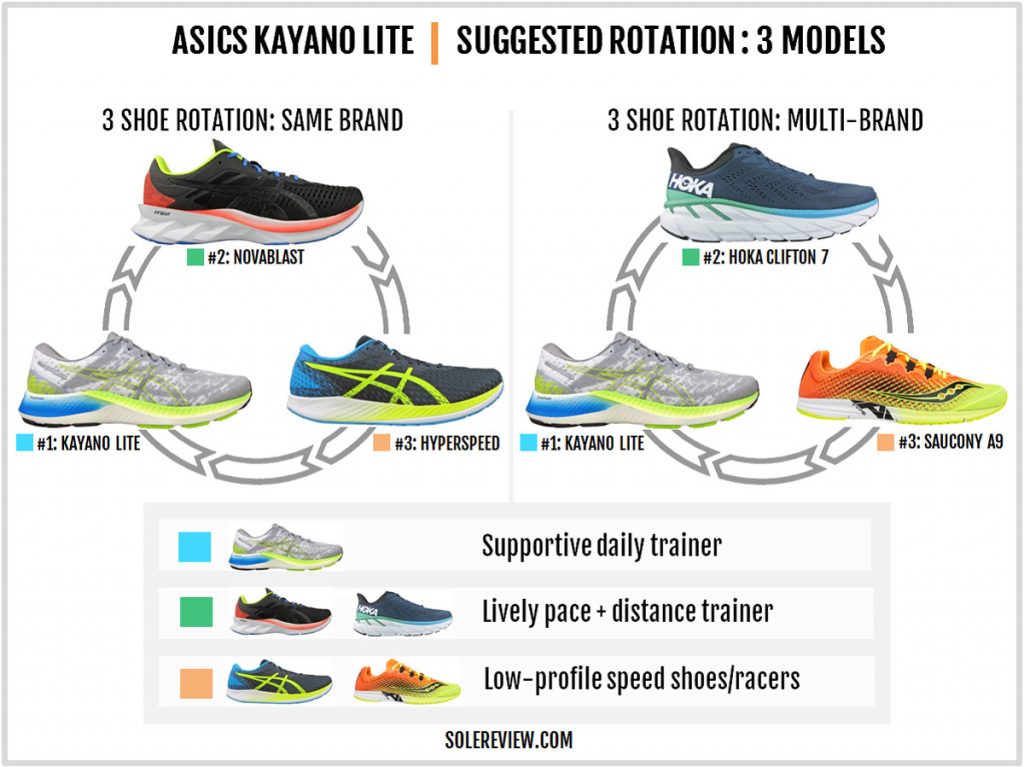 It isn’t just the 10.2 ounce that makes the Kayano Lite feel a bit clunky. After all, the equally heavy Glideride feels more nimble and engaging.
It isn’t just the 10.2 ounce that makes the Kayano Lite feel a bit clunky. After all, the equally heavy Glideride feels more nimble and engaging.
The general design of the Kayano Lite makes it a good shoe for easy runs, but it feels clunky at paces of 4.30 min/km (7 min/mile) or faster.
In that case, one could consider the cushioned Novablast for spirited long-distance runs. For a higher level of cushioning, the Hoka Clifton 7 could be just the shoe. As a featherweight yet cushioned option, the Brooks Hyperion Tempo is an excellent performer.
For even faster workouts, racer-like shoes like the budget Hyper Speed or the top-end Metaracer will do. If not those two, racers such as the Saucony Type A9 and New Balance 1400V6 are ultra-safe and reliable alternatives.
IS THE KAYANO LITE DURABLE?
 The lifespan of the K-Lite should be at par with the standard Kayano.
The lifespan of the K-Lite should be at par with the standard Kayano.
That puts our estimate at 400 miles, with the expected wear and tear of parts like the insole and outsole rubber.
THE UPPER DESIGN AND FIT
The ‘Asics-ism’ may be missing on the midsole, but the upper is chockablock with it.
Begin at the rear, and there’s the hard internal heel counter with external embellishments. As we saw with the Novablast, Asics is also becoming increasingly better at incorporating stealth reflectivity into the upper.
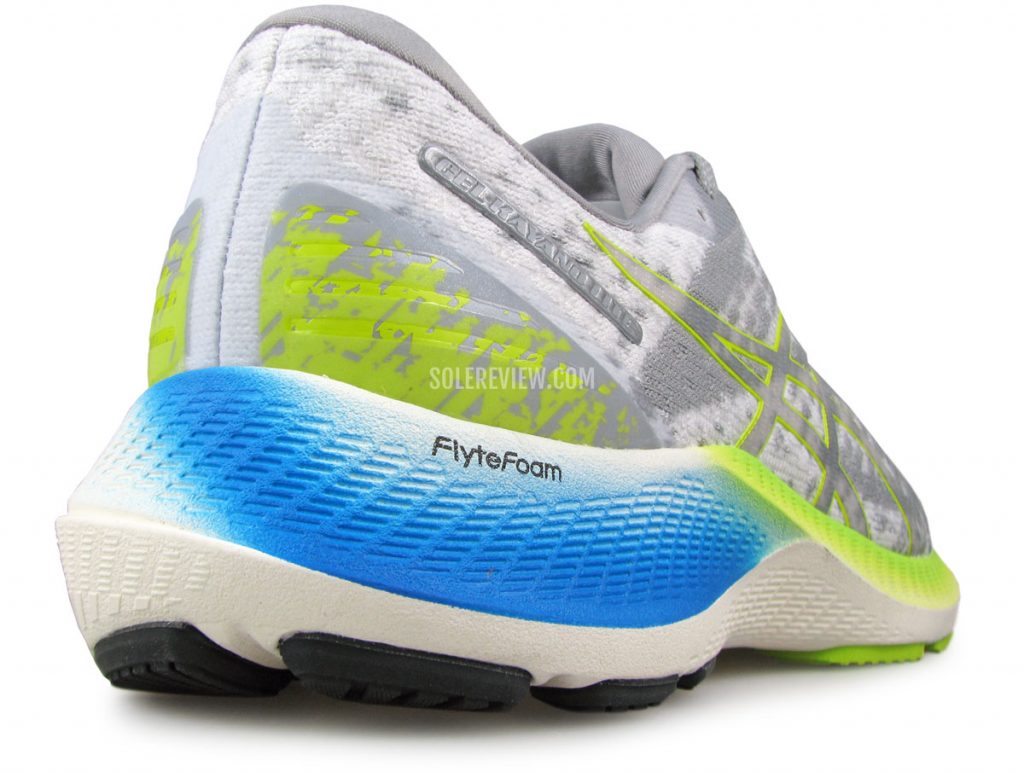
The entire external heel is reflective. And that’s the transparent, film-like layer – not the green and gray part.
Do you see the welded badge over the heel with the shoe’s name on it? That’s not reflective. But do you know what is? Pretty much the entire heel counter. The entire transparent layering over the heel is reflective, thus giving the Kayano Lite the ‘Lite-Show’ treatment.
Reflectivity is absent on the midfoot and forefoot, but the mesh has a shimmering quality under the lights. While it’s not the same thing as high-visibility, it’s a better fit (than the standard mesh) for low light conditions.
Other features from Asics’ design vocabulary make their way to the upper. The heel and tongue are plushly padded for comfort and grip. There’s a welded label on the flap with a ridged profile that makes it easier to pull on it.
An inner sleeve is missing from the upper, but that doesn’t lead to tongue slide – at least not to a point where it becomes noticeable.
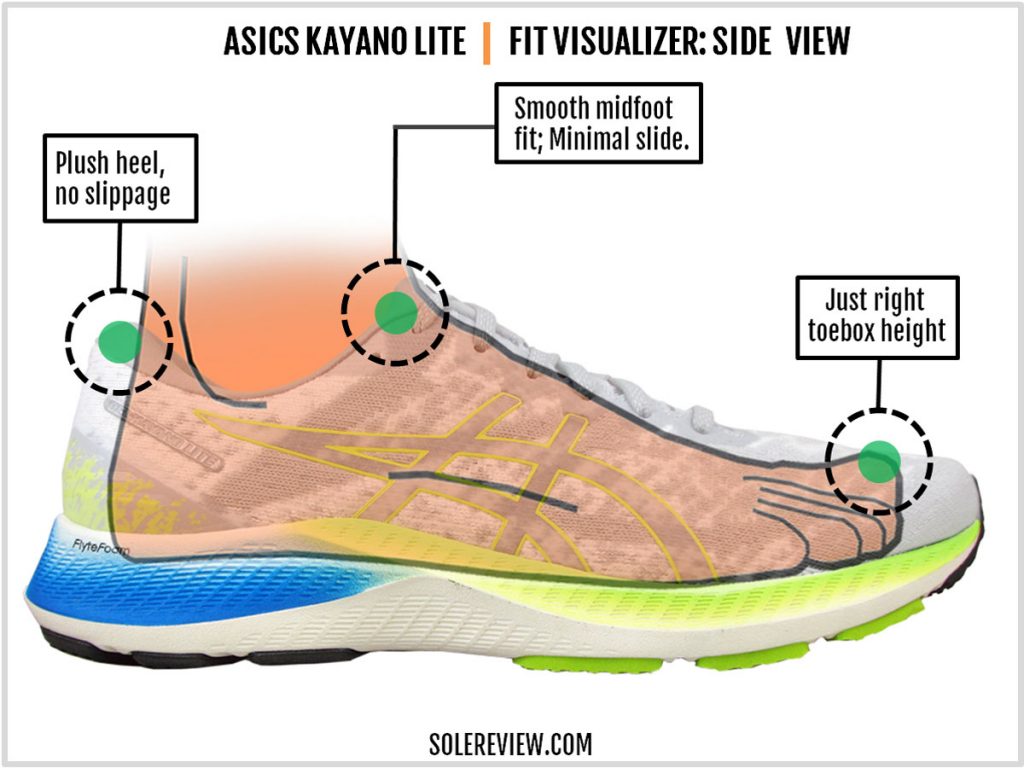
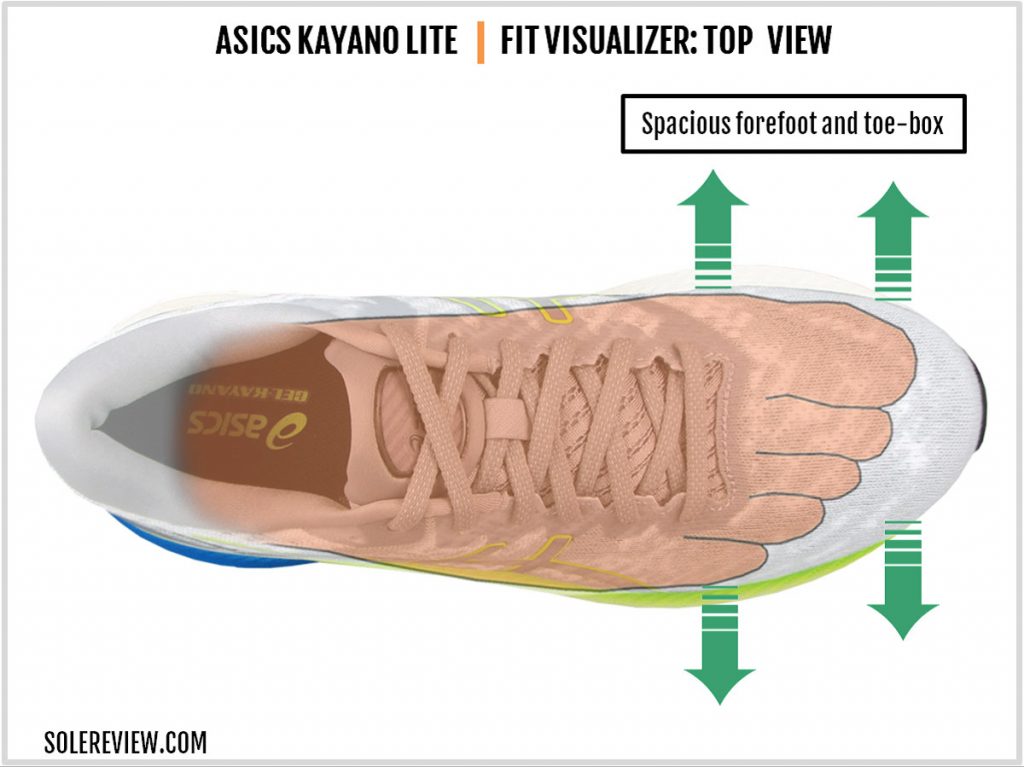 It seems that Asics doesn’t offer additional widths with the Kayano Lite. Compensation comes in the form of a spacious upper with more foot splay room than the Kayano 27 – which, by the way, sells in 2E (wide) and 2E (extra wide) sizes.
It seems that Asics doesn’t offer additional widths with the Kayano Lite. Compensation comes in the form of a spacious upper with more foot splay room than the Kayano 27 – which, by the way, sells in 2E (wide) and 2E (extra wide) sizes.
Here’s us looking inside the toe-box. As is evident, an internal bumper creates enough space around the toes. The height is adequate too, and there’s none of the shallowness that often plagued the regular Kayanos of 2016-17 vintage.
So the K-Lite should accommodate most runners, even those who have wide feet. Ventilation is decent, and the interiors lack any hot spots.
PROS AND CONS

If you know what you’re buying, there’s not much wrong with the Kayano Lite. The blend of cushioning and support when combined with a plush and spacious upper, makes it a well-rounded running shoe for less strenuous runs.
The heft gets in the way of fast, but that’s not a flaw but a personality type.
We feel that $160 retail is too much to ask for this shoe. It’s priced the same as the regular Kayano, but lacks the visible Gel, plastic shank, or a medial post. So where’s the discount for that? The K-Lite doesn’t even have widths.
Also, the 10.2-ounce weight means that the ‘Lite’ tag is relative to the 11.1-ounce Kayano 27, and doesn’t apply in a general sense.
SHOES SIMILAR TO THE KAYANO LITE

Before buying the Nimbus Lite 2 and Kayano Lite, we wondered how the two compared. Because on the outside, both have a similar set-up that consists of a full-length Flytefoam midsole.
As it turns out, the Nimbus Lite is an ounce lighter without the asymmetric transition groove or the wide midsole flare. While there are similarities in their ride character, the Nim-Lite feels slightly more efficient. So the Nimbus is worth trying if the Kayano-Lite feels like too much of a shoe. We like the K-Lite’s upper better though.
Outside the Asics universe, the closest match is the newly-released Brooks Glycerin GTS 19. It’s the Glycerin, but with raised sidewalls (aka the Guiderails) for more support. The G-19 GTS replaces the Transcend. The Mizuno Horizon 4 is somewhat similar – as far as the fundamentals go.
The Nike Structure is also akin to a ‘Lite’ version of the Structure 22. The medial post has disappeared along with the firm ride, so the 23 is now a supportive neutral shoe, if that makes sense? We reviewed that shoe recently.
Buying the Saucony Hurricane 23 gets us the responsive e-TPU midsole, aka the Pwrrun+. It’s an excellent alternative if one wants to try something other than an EVA-blend midsole.
The Hoka Arahi 5 and Gaviota 3 offer a supportive, all-foam midsole in a lower heel-to-toe offset.
Do you own this shoe? Improve this review by sharing your insights – submit a review here.

